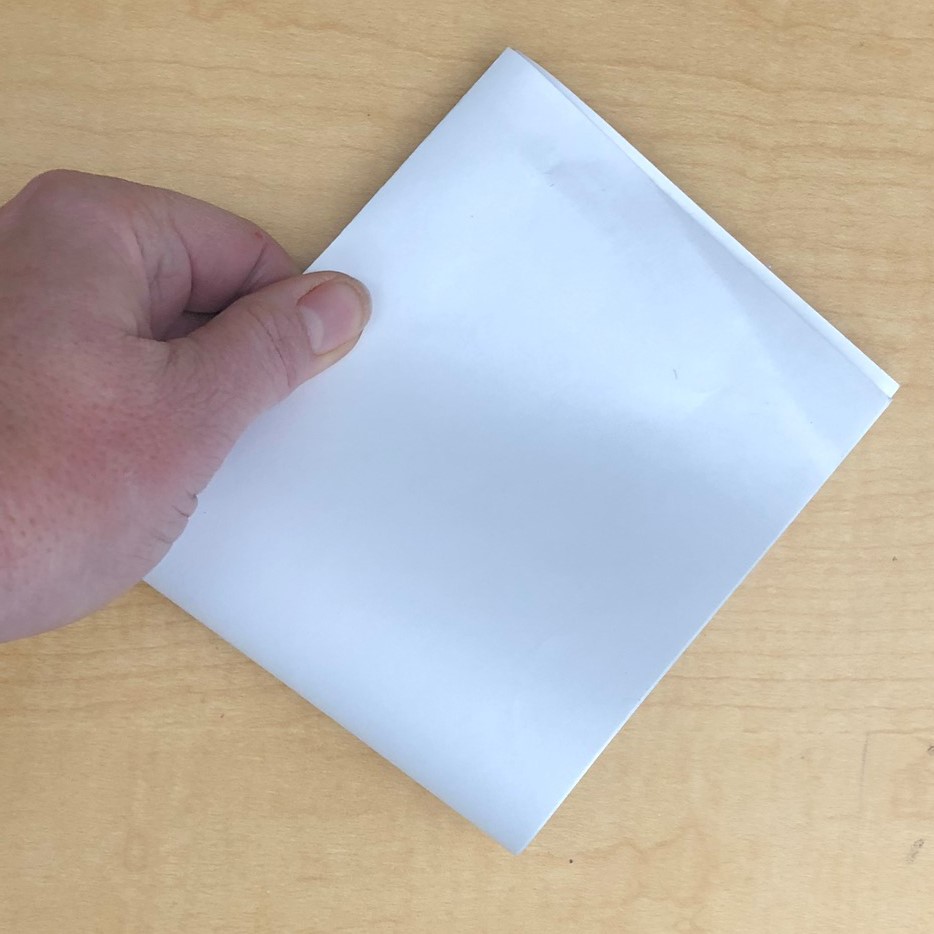Students will create a composition of mixed patterns and textures using items in their environment. Recommended for 1st Grade.
Texture: actual texture is how something feels when touched; visual texture (also called simulated texture) is how something appears to feel.
Pattern: repetition of the elements of visual arts in an organized way; pattern and rhythm are both created through repetition.
Impression: an effect made by stamping or pressing. In this lesson the object leaves an impression that can be seen with the aid of the rubbing crayon on the opposite side of the paper.
Printmaking: the activity or occupation of making pictures or designs by printing them from a specially prepared plate or block (the master). Rubbing is a style of printmaking in which the textured object is used as the master.
Transfer: moving an image from one place to another.
Collect objects and/or talk with the teacher about taking an “in-house field trip” to collect rubbings
Optional: create your own texture matts with glue and cardboard at home. You can glue similar height things to a board to create a design or just draw with glue.

- Write the word ‘texture’ on the whiteboard and ask students to repeat it. Use this word often during the lesson.
- Talk about words that might be used to describe different types of textures: fuzzy, soft, hard, etc.
- Discuss how different textures might feel: bumpy, wet, prickly, etc.
Students will:


Lesson from Issaquah Valley Elementary, written by Juliette Ripley-Dunkelberger.
21st Century Thinking Skills
Observing, Making Connections, Sequencing, Predicting, Comparing/Contrasting, Finding Evidence, Cause and Effect, Decision Making, Evaluating.
WA State Learning Standards
(VA:Cr1.1.1) a. Engage collaboratively in exploration and imaginative play with materials.
(VA:Cr1.2.1) a. Use observation and investigation in preparation for making a work of art.
(VA:Cr2.1.1) a. Explore uses of materials and tools to create works of art or design.
(VA:Cr2.2.1) a. Demonstrate safe and proper procedures for using materials, tools, and equipment while making art.
(VA:Cr2.3.1) a. Identify and classify uses of everyday objects through drawings, diagrams, sculptures, or other visual means.
(VA:Cr3.1.1) a. Use art vocabulary to describe choices while creating art.
(VA:Re7.1.1) a. Select and describe works of art that illustrate daily life experiences of one’s self and others. This happens if a title is chosen.
(VA:Re8.1.1) a. Interpret art by categorizing subject matter and identifying the characteristics of form.
(VA:Re9.1.1) a. Classify artwork based on different reasons for preferences. This happens if a theme is chosen.
Arts Integration Opportunities
Science: classifying, documenting materials such as leaves, shells, etc.
Please note: These lesson plans are intended for non-profit use only. Use of these plans for commercial purposes should give attribution to the Issaquah Schools Foundation and be accompanied by a nominal donation at www.isfdn.org/donate. Thank you.
Fueling Success for Every Student, Every School